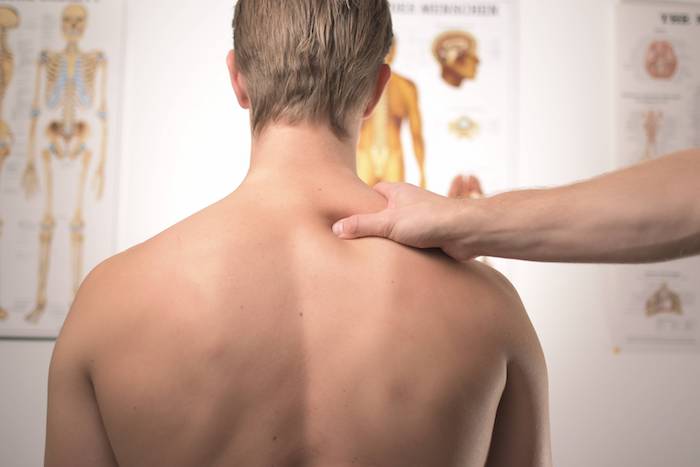
We know we’ve hit adulthood once we start feeling those aches and pains in our joints, and especially in the lower back. It’s that infamous consequence of leading a sedentary life, performing arduous physical labor, or simply not giving our body the exercise and nutrition it needs to handle the stress of certain activities. Once we hit a certain age as well, back pain becomes almost expected. However, this doesn’t have to be the case, as you have the ability to mitigate or even help your pain heal.
Among many methods used to prevent, treat, and soothe back pain, there are several methods you can use, introduce healthy habits to your life, and make sure to monitor how your back reacts so that you know if you need further help or if you are on the right track to recovery.
1. Have You Tried Yoga?
Before you reach for the pills, you might want to give yoga a go as an everyday method to help your body relieve pain and grow stronger over time. Yoga incorporates many slow and controlled stretches that target several key parts of your body that contribute to back pain – from tight hamstrings and rigid hips all the way to musculature imbalances in the back, yoga helps to treat them all.
Some positions such as the well-known downward-facing dog offer ample relief to the entirety of your back, from your heels to your neck, while the pigeon pose helps alleviate tight hips which are known to make those lower back pains more severe.
2. Book a Professional Massage

If your job involves plenty of physical labor and lots of tension and stress on your lower back, especially if you have to carry heavy items, perhaps your back muscles are causing your back pain. More often than not, back pain is associated with muscle spasms and soreness, and if you ignore it for too long and continue to stay active, it may lead to more pain and lack of mobility.
To that end, you can book a massage with a professional therapist who not only has experience with different methods for treating back pain but can also give you advice on how to modify your own behavior. If you can use foam rollers at home to reduce muscle spasms after workouts or hard work, or if you can use any other methods to relieve pain at home after the massage, all of this can ultimately help boost your quality of life.
3. Consult a Medical Professional
No matter how well you know and listen to your body, sometimes you need advice and guidance from a reliable expert such as Dr. Timothy Steel, who can help properly diagnose your condition and provide you with different options and treatments. In certain situations, options can vary from physical therapy to surgery, or a combination of these and other options, depending on how severe your condition may be.
The key here is to rely on expert help in order to protect your wellbeing in the long run. Sometimes all of our preventative efforts might not be enough to help, and in those situations, the sooner you take action and talk to your doctor, the sooner you will find a solution to reduce and eliminate pain.
4. Regular Exercise

Sometimes, our back and our spine need better care from us in order to withstand the pressure of everyday chores and challenges. No matter how old you are and how active you may be, regular exercise may be what’s missing from your routine in order to keep your back stronger and your posture healthy for mitigating and preventing pain.
Strength-focused exercises can help engage all of your muscles, including your back, to enable you to correct your posture and thus reduce back pain. Cardiovascular exercises can help you get the endurance you need for long work hours and other tasks that put a strain on your back, hence the need to strike the right balance in your workouts to keep your back healthy.
5. Change the Way You Work
If you work long hours, sitting down, slouched over a computer keyboard, constantly on your phone, and in other typical office conditions, you are putting quite a bit of pressure on your back, your hips, and your spine as well. Perhaps you feel it today only as mild discomfort, but this always has the tendency to grow into more severe pain issues, mobility troubles, and perhaps even prevent you from performing your job.
Consider changing your work environment to better suit your health needs. For example, a standing desk or even a treadmill desk can help you introduce variety to how you work. Using supportive and ergonomic furniture and introducing regular work breaks to be more active can also contribute to your back health.
No matter if you’ve only started feeling an occasional pang of pain or if it has become a chronic issue, make sure you try out all of your options so that you can lead an active, healthy life for years to come!
- Top 6 Interesting Places to Dine at Around the World - July 4, 2019
- Your Guide to New Your City: Live It up Like a Local - April 10, 2019
- 5 Methods for Back Pain Relief - April 9, 2019






